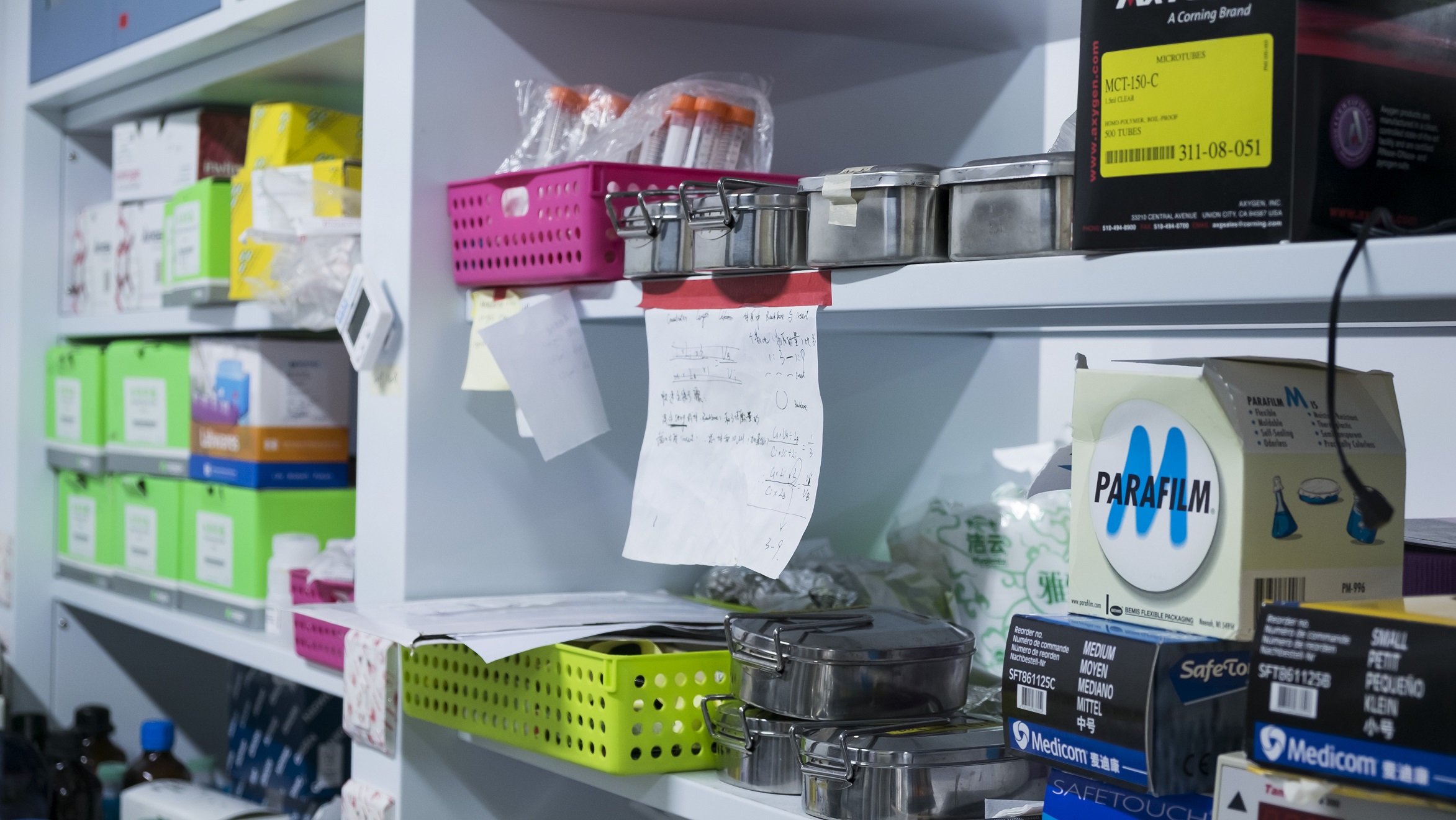Safety
View
Contents
Overview
Biosafety is the prevention of an accidental or unintentional exposure to pathogens, not only ensuring that the researchers will not suffer from experimental factors but protecting the health of the environment and public.
Safety in our laboratory
1.C. elegans
We choose C. elegans which is a harmless organism as the model organism. It is a small organism and is only about 1.5mm long. The sex genders of C. elegans are hermaphrodites and male. The average life cycle is 3.5 days under 20 ℃. Scientists have utilized C. elegans in molecular biology and developmental biology research since 1965.
2.Parts
Our project aims to express channelrhodopsins (Chrimson and CoCHR ) in AWA and AWB neurons. We use calcium indicator GEMgeco to measure the calcium concentrations. We build our parts which expressed Chrimson and CoCHR by ourselves, and we fuse mcherry and GFP in parts as selective markers. All elements we used in our plasmids are safe and nontoxic. The red-light sensitive Chrimson is from Chlamydomonas noctigama and the bluelight sensitive CoChR is obtained from Chloromonas oogama. The Codon-optimized versions of Chrimson and CoChR are designed for C. elegans and expressed in different mechanosensory neurons. The GEMgeco is evolved by pre-existing protein engineered fluorescent protein (FP).[1][2]
3.Bacteria
Escherichia.coli is a naturally derived organism from humans. In our project, we use the strain DH5alpha to express our parts. These strains are so-called “lab strains” and cannot survive in the human digestive system. They are also not able to produce toxin and are attributed to the risky group one. Therefore, these organisms are classified as the lowest risk for humans' safety and health.
4.Safety laboratory operation
During our experiment, we strictly obey the safety operation rules. 1) Hands must be washed before leaving the lab area. And lab coats will be worn when working with bacterial cultures. 2) No food or drink will be allowed in the lab. 3) All benches will be wiped down with 75% ethanol before and after using. Besides, they will also be exposed to UV lights for twenty minutes before using.
References
- ↑ [1]Lisa C. Schild and Dominique A. Glauser ,”Dual Color Neural Activation and Behavior Control with Chrimson and CoChR in Caenorhabditis elegans”, 2015, GENETICS.
- ↑ [2]Yongxin Zhao el.th,“An Expanded Palette of Genetically Encoded Ca2+ Indicators”,2011, SCIENCE




